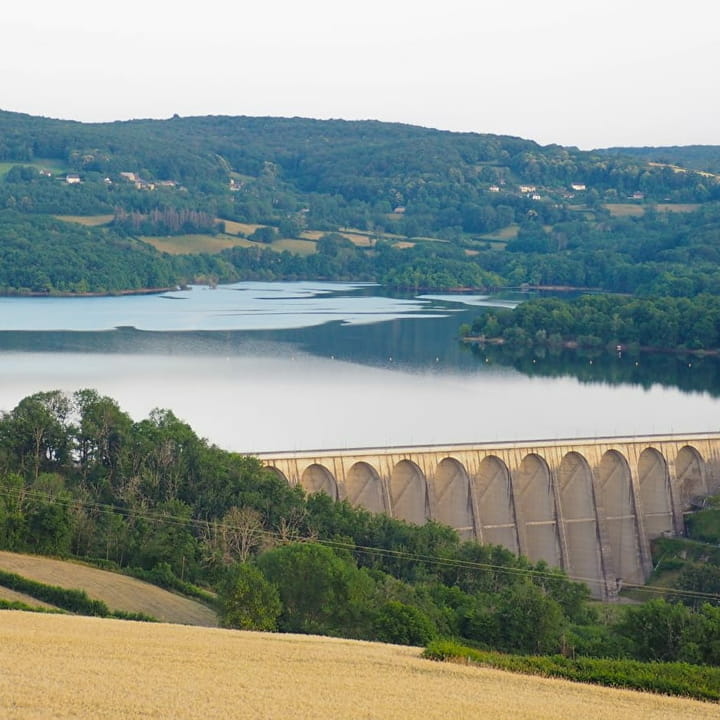
Circuit de randonnée : Queue du lac de Pannecière
With the passage of the Yonne nearby, timber rafting represented a major economic activity for the area. The Morvan heated Paris from 1550 to 1850 thanks to the "flottage buches à perdues" from the Morvan and the floating of wood by train from Clamecy. The woodcutters, by ferreting, cut the selected trees, cut out the mouldings (logs of 1.14m and of about 15 cm in diameter), piled them up before being carted with the famous Morvan cart to the "floating ports".
The two main "axes" were the Yonne and the Cure, but their tributaries were also floated depending on the forests exploited. In the spring, the logs, all marked and re-stacked, were thrown (and followed by the "poules d'eaux") into these streams swollen by the repeated release of water from ponds upstream. Once they arrived in Clamecy (Yonne) or Vermenton (Cure), the logs, after being sorted and dried, were assembled in 70m x 4m rafts to float down the Yonne and then the Seine to Bercy, the Invalides... For almost 300 years, the Morvan was developed and lived mainly to the rhythm of this industry which occupied a large part of the population throughout the year. In addition to the forestry work, the many waterways, banks, dykes, ponds, mills' reaches, bridges, etc. had to be maintained. The last flood took place in 1923.


